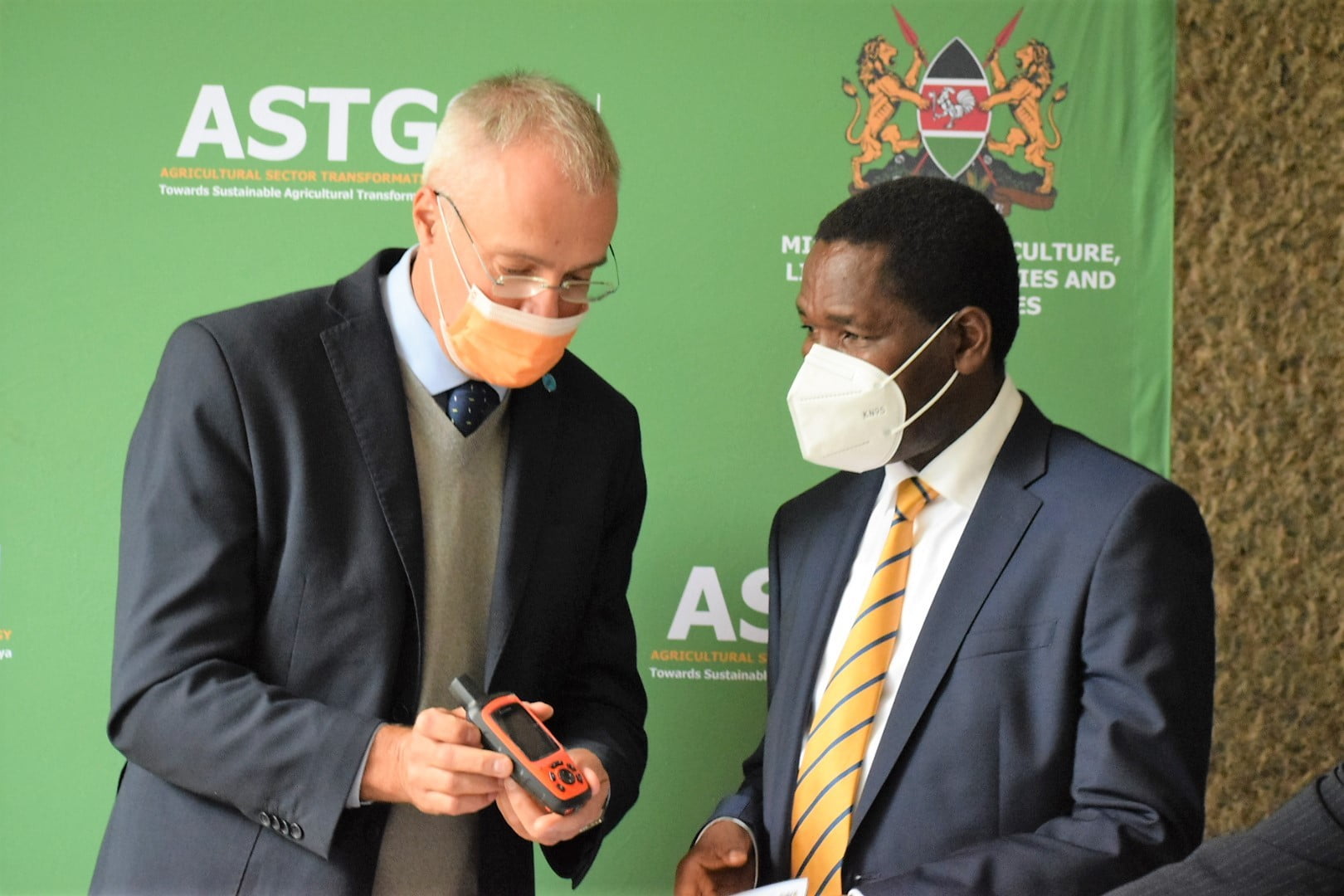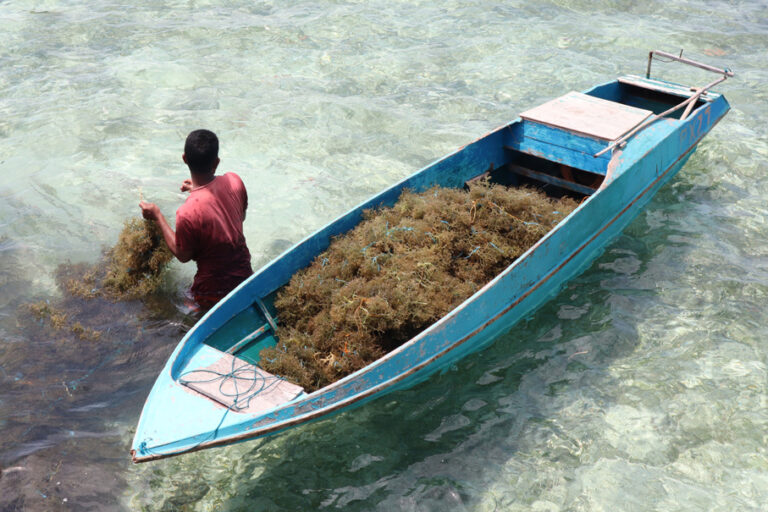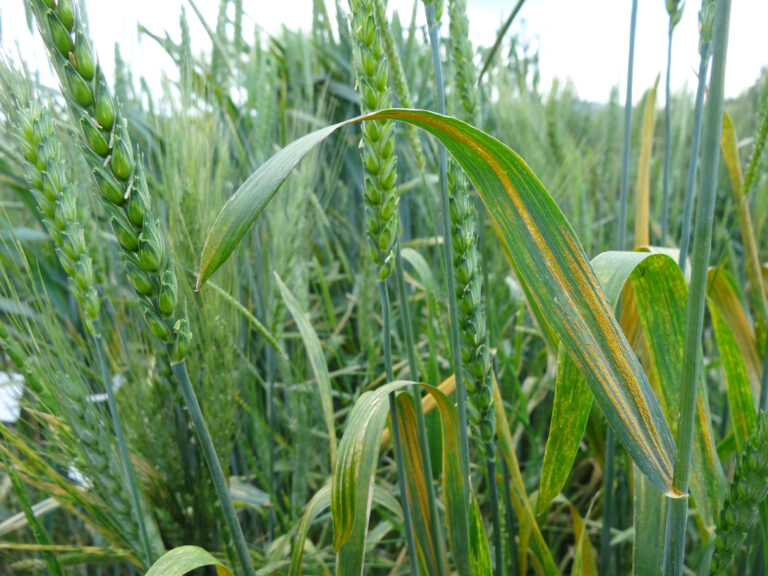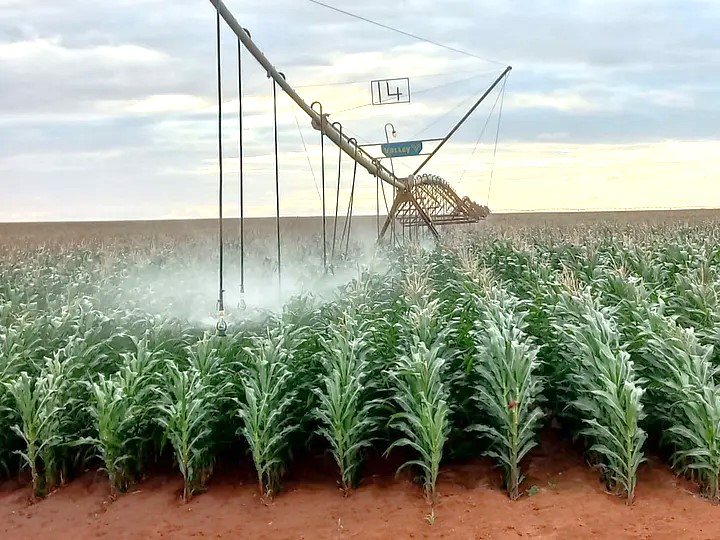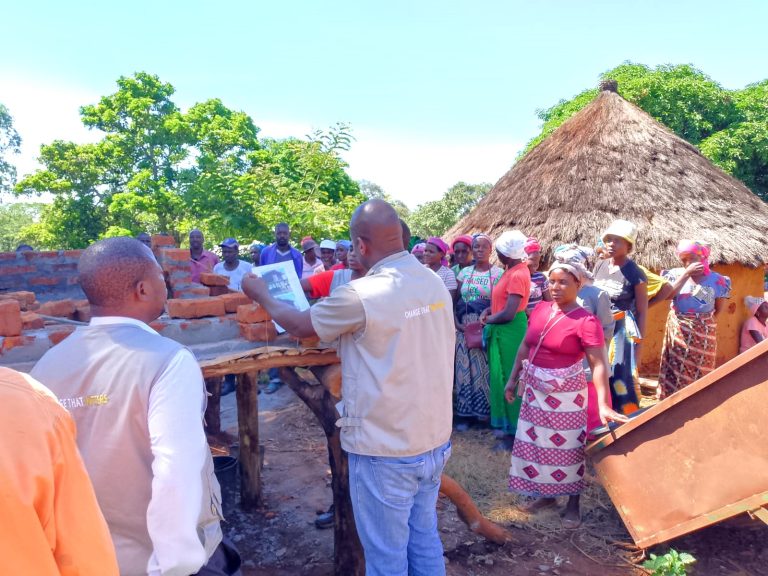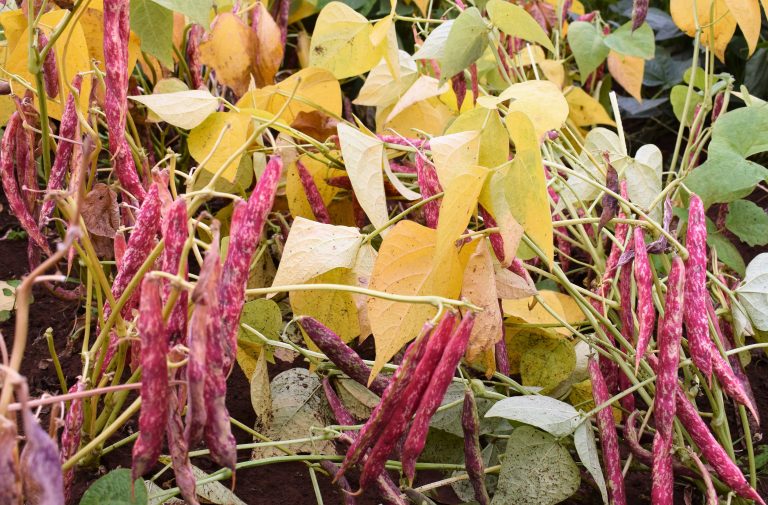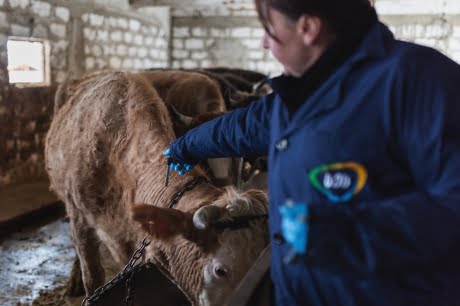Kenya’s Agriculture Cabinet Secretary Peter Munya has lauded FAO’s (Food and Agriculture Organisation) continuing partnership in the Desert Locust control activities in the country.
Munya was speaking when he received 100 GPS kits and additional equipment including laptops, printers and digital screens for the national Desert Locust Information Center in Kenya from the Organisation. They are expected to boost continuing ground and aerial control operations against spring-bred swarms that persist in the Horn of Africa.
Making reference to the realization of the Agricultural Sector Transformation and Growth Strategy (ASTGS), he noted that, “complete eradication of the Desert Locust is our ultimate goal, and with the additional surveillance equipment, we hope to properly map and treat the more remote affected locations”
The CS also said they will partner with FAO in other areas like helping flood victims and help it strengthen risk response.
Speaking at the handover, FAO’s Director of the Office of Emergencies and Resilience Dominique Burgeon reiterated the organization’s commitment to effective Desert Locust control in the region and abroad. “We continue to explore and apply effective digital approaches for Desert Locust control. Despite COVID-19 constraints, we must make all possible efforts to avoid a desert locust related deterioration of the food security situation,” he said.
Since the upsurge took hold in January of 2020, more than 157 thousand hectares have been controlled in Kenya alone, safeguarding more than 314 thousand metric tonnes of cereals, equivalent to the cereals requirement for about 2.1 million people in the affected areas.
The latest Desert Locust forecast indicates that swarms that are not detected or controlled in northwest Kenya are expected to remain and mature during September and lay eggs with the onset of the October Short Rains.
The Desert Locust upsurge in Eastern Africa continues to remain alarming, posing an unprecedented threat to food security and livelihoods. A Food Security and Nutrition Working Group assessment conducted across the region in June/July 2020 found that beyond direct crop and rangeland impacts, emotional stress, environmental impacts, increased food insecurity and malnutrition, and animal health issues were brought on by the upsurge.
The most recent IPC 3+ for Kenya estimates that more than one million people already experiencing acute food insecurity at crisis level. The combined effect of desert-locust related pasture or crop losses, COVID-19 related constraints and weather variability threatens to trigger further deterioration of food security in the coming months.
The eLocust3 suite was launched in 2015 in 21 Desert Locust frontline countries. In 2020, FAO expanded eLocust3 technology to offer a suite of easy to use smartphone and GPS alternatives for collecting basic data required for control operations and forecasting. These alternatives do not require specialized knowledge, can work offline and transmit geo-referenced data in real time to national locust centers.


